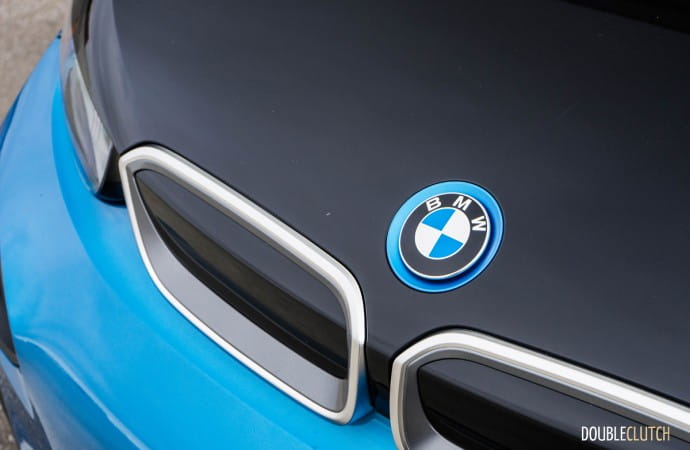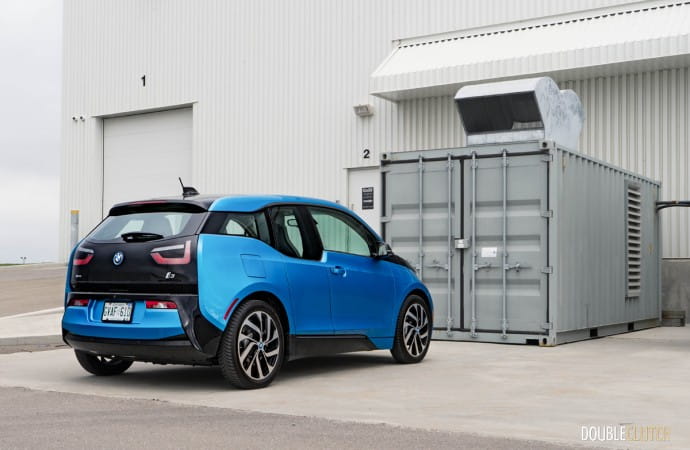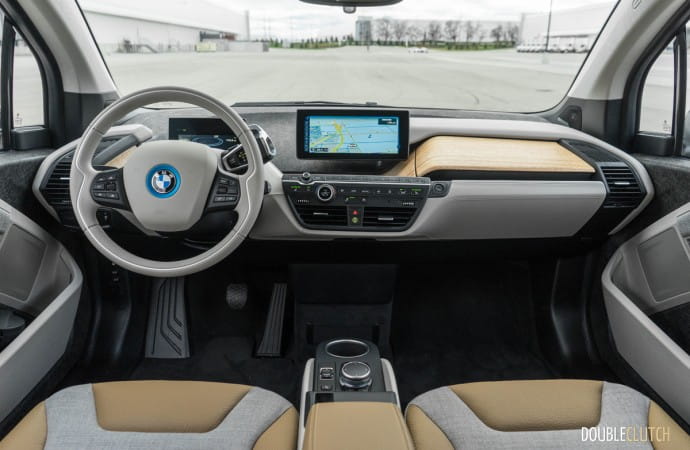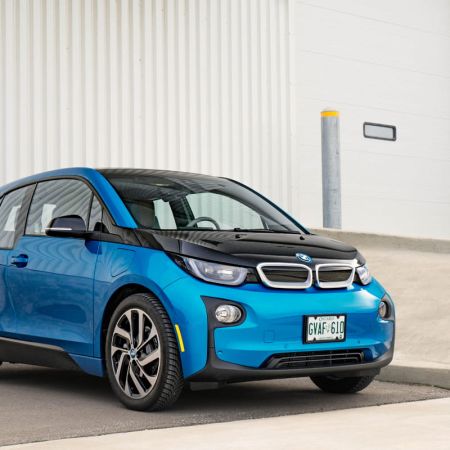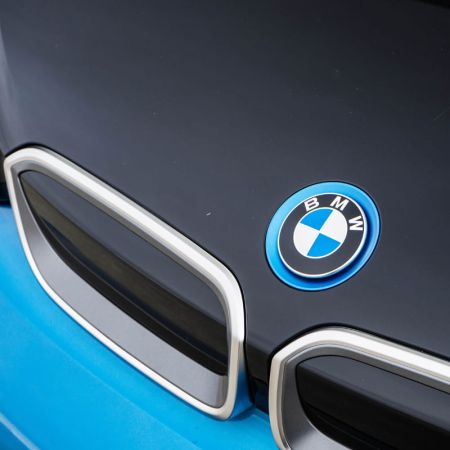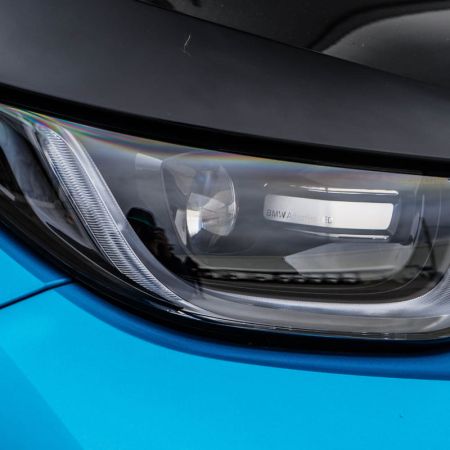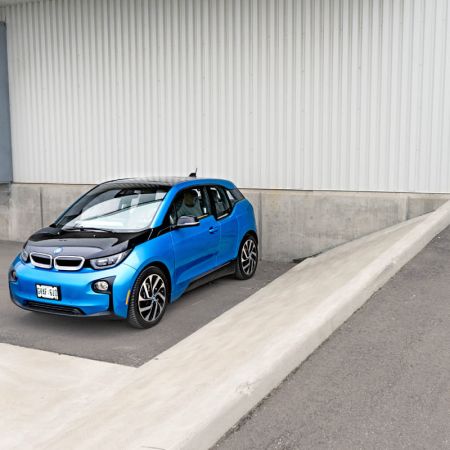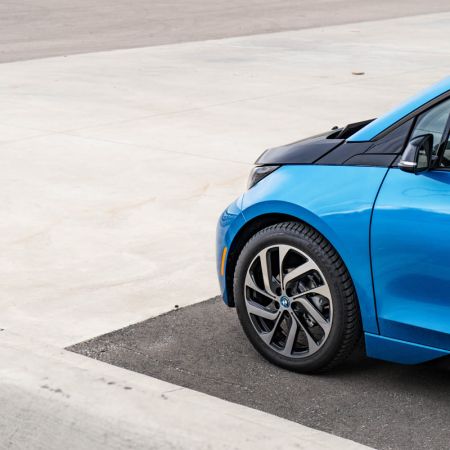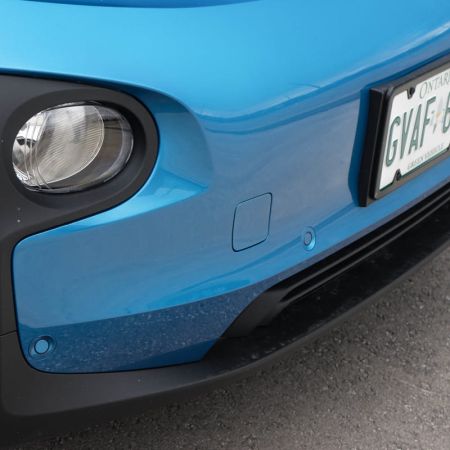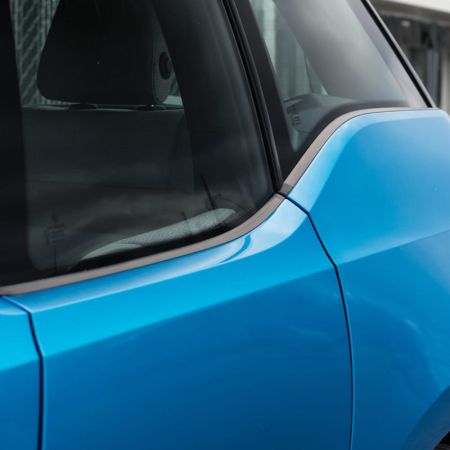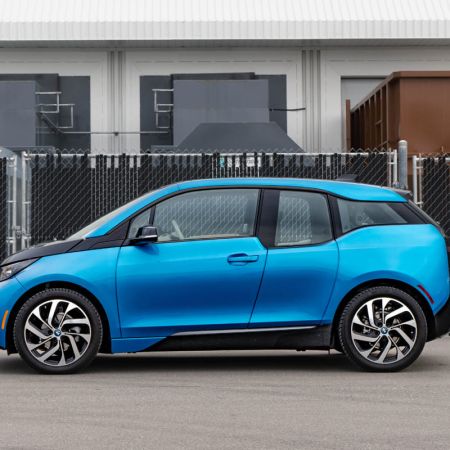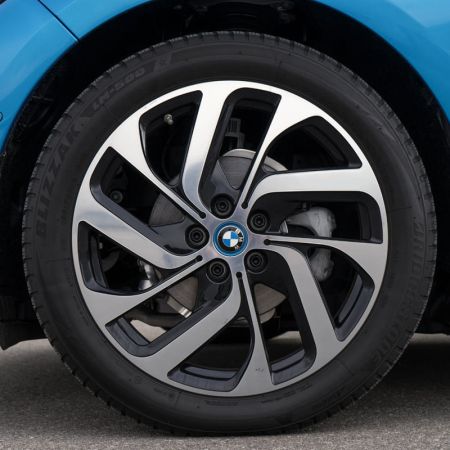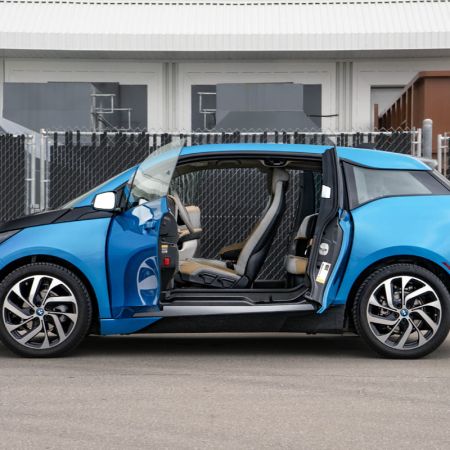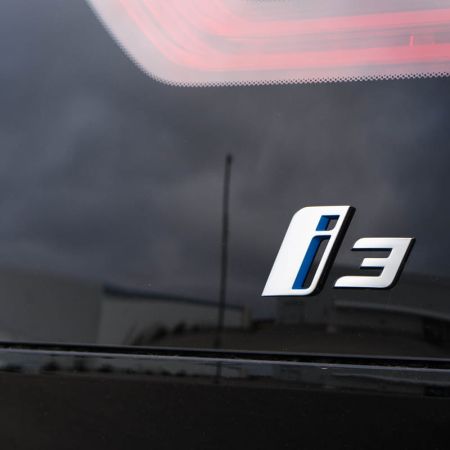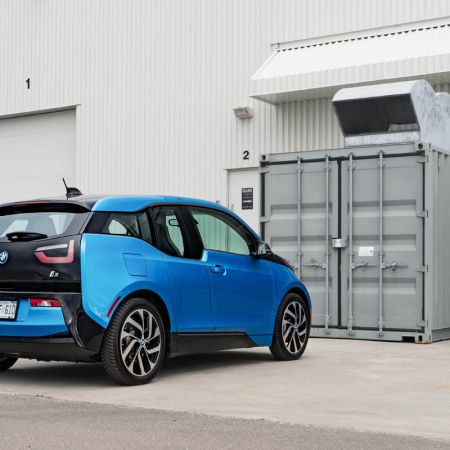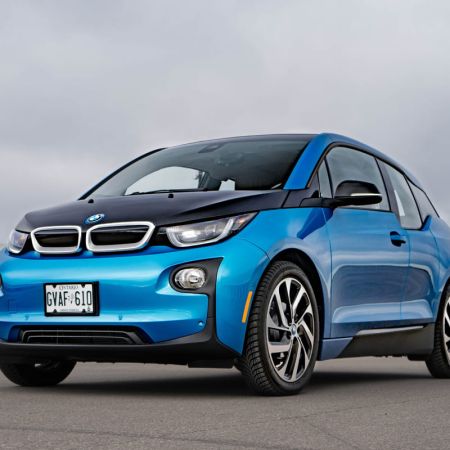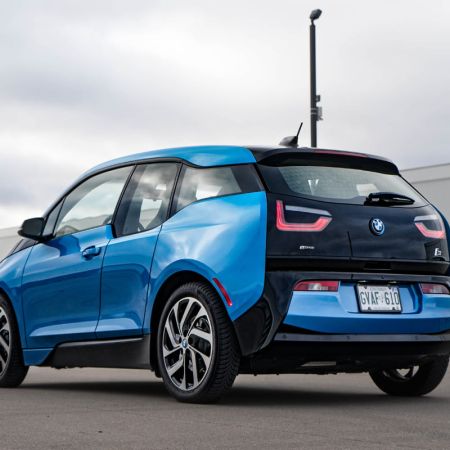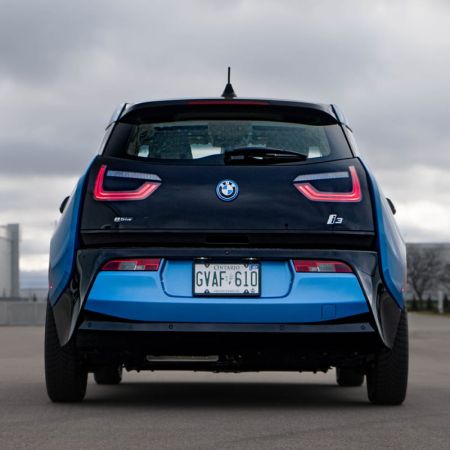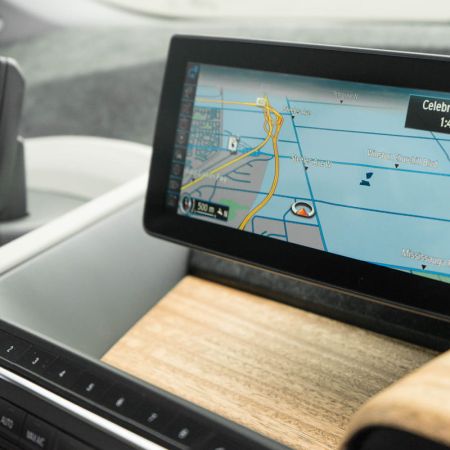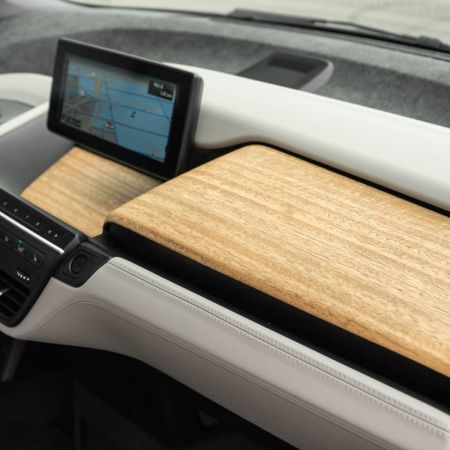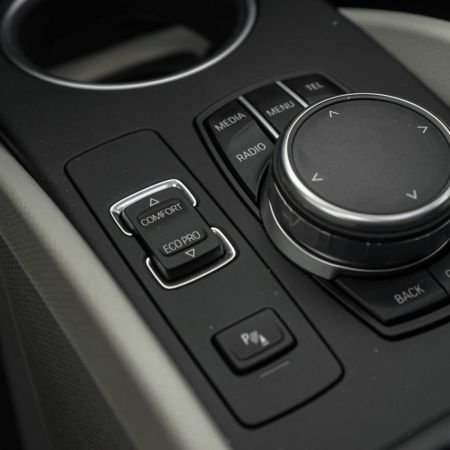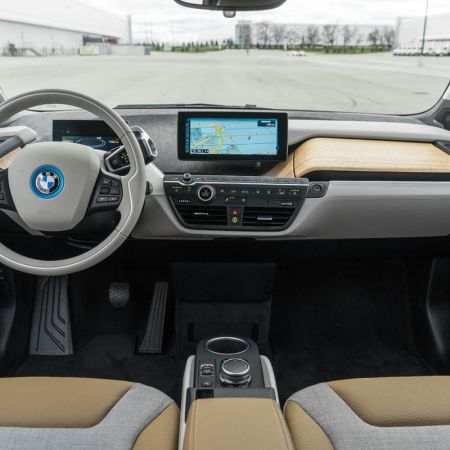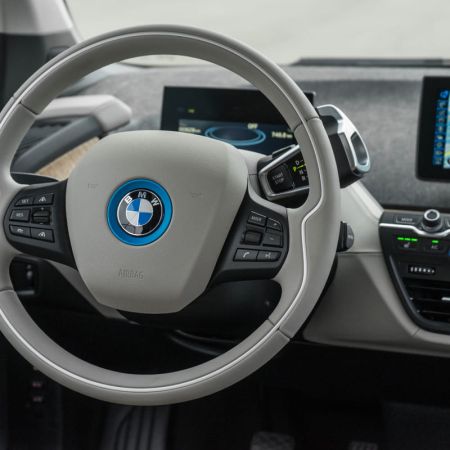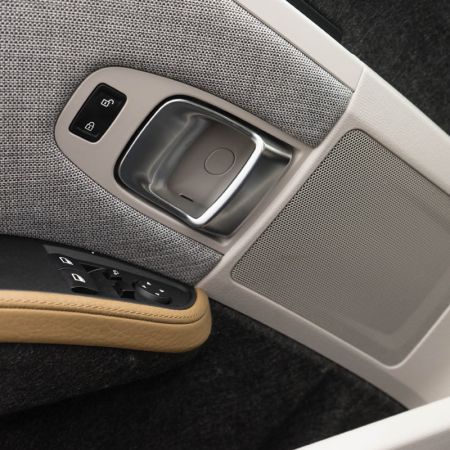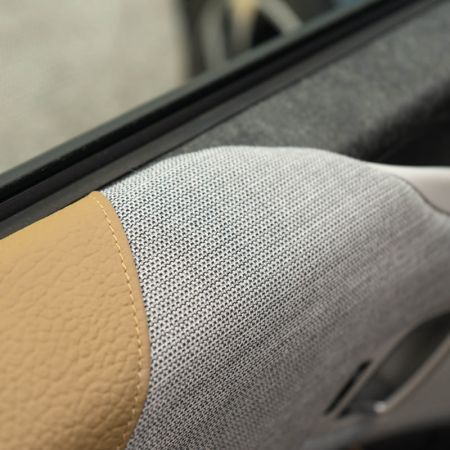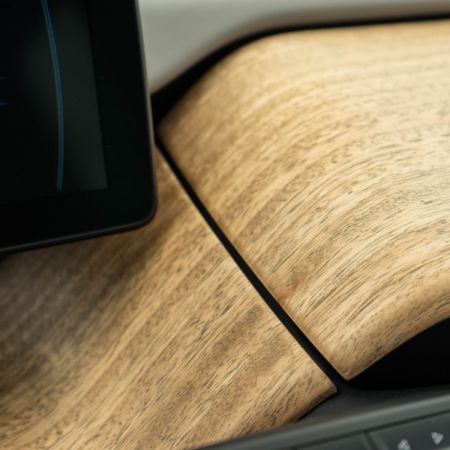When BMW unveiled their electric drive concept cars, the world was caught in a moment of wondrous awe. The seemingly sci-fi looking cars made headlines and caught the attention of nearly every individual within a clear viewing distance. I recall my first time laying eyes on the i8 concept back in 2013 at the Canadian International Auto Show in Toronto, with its sleek blue lines and winged doors. The i8’s smaller, and more reasonable sibling, the i3, carried similar key design elements in a much more innocent fashion. At the time, it was easy to acknowledge two options; one being these concept cars would fade into history as nothing but ideas, or the other being that the i8 and i3 would make it to production looking vastly different than the original thought.
Little did we know that BMW would very quickly move forward with two production variants that would look very similar; minus the glass doors. The BMW “i” brand was brought into fruition with these two cars, opening the door to what was once an image of the future. The i8 (reviewed here) has proven to be a popular choice for thrill seekers with a keen eye for elaborate design and a sensitivity to Mother Earth’s health, whereas the production version of the i3 is struggling to make a proper impression in the real world.
As a concept, the i3 was a cool little car that separated itself from the hoard, however, this current model is nothing short of an eye soar. The transformation from concept to reality did not do the i3 any favours, though we’re all taught from a young age to not judge a book by its cover, so alas we shall not.
For those of that continue to live under a rock, the BMW i brand is a subcategorized branch of BMW that specializes in the production of lightweight, energy efficient vehicles. The i8 and i3 are the only models currently in production; though an i8 Spyder has been announced. The i3 presents itself as an efficient alternative commuter car with the hopes of attracting buyers looking to not only save the planet, but also to save some figures in their bank account. The 2017 BMW i3 rEx looks no different than the 2016 model; however it is the internal components that draw the line between the two.
For 2017, BMW has upgraded the battery from the previous 60 Ampere-hour (Ah) battery with a new 94 Ah power source. Whereas the 60 Ah battery produced a total of 22 kWh (kilowatt hours) of effective power, the 94 Ah battery provides an additional 10 kWh, totalling 33 kWh of battery energy, which permits up to 200 kilometres combined (hwy/city) range. In scenarios in which battery power is depleted, a fuel range extender kicks in when battery life reaches 6.5% state of charge. The two-cylinder gasoline motor activates and keeps the battery charge level consistent for the remainder of the trip, providing an additional range of 150km, all thanks to a 25% larger fuel reserve; for nine litres in total.
Charging this new battery with the 7.4 kW charging electronics can take approximately four and a half hours with a Level 2 charger, which is slightly longer than what it used to take on the previous car. Standard charging equipment includes the “occasional use” cable for connecting it to a domestic 110V power outlet. Based on my experience, charging will take a much longer with this cable, with an average charging time of at least nine to ten hours.
All in all, the i3 is an impressively efficient vehicle. With all the numbers in mind, the reality of how the car performs in a real-world environment is slightly different. The colder weather seems to have a slight effect on battery life, as on a full charge my total range averaged around the 160km mark in Eco Pro mode, and less when in Comfort. Driving along the highway in rush hour commuter traffic used just about over half of my battery life every day. It’s safe to say that I felt a little restricted with what I could do during my day with what felt like a limited amount of range, though this is a car that’s all about the lifestyle. If your commute is short and occasional, it makes a lot of sense.
The Protonic Blue metallic paint ($895) along with frozen grey accents surely make the car stand out in traffic. Alternative colour options are available for the more conservative buyer, though this blue is the only true “colour” available from factory; the remaining options are simple shades of grey, white, and black. Included in the optional Premium Package ($3000) are the 19” BMW i Turbine Wheels. After spending the week with the car and gathering various opinions about the design, it’s clear to me that the consensus is that the i3 is a niche market car. The interior, on the other hand, is quite nice. The variety of eco-friendly materials used combined with the simplistic scheme creates a rather modernistic, yet elegant environment for passengers in true BMW fashion.
Even though the car itself is small and extremely lightweight, it handles itself rather well. Some question how well the car manages itself considering the size of the tires. To the amazement of most, the car sits on four 155/70R19 tires, and yes, they look as thin as you think. Thinner tires mean less resistance when in motion, resulting in better range. Powering down the highway on a windy day will seem a little dicey, as the weight of car combined with the ultra-thin tires do make the car vulnerable to some horizontal turbulence.
What’s the bottom line? Well, you can pick up a 2017 i3 with the optional range extender for a base price of $51,500. Packages on our tester included the Premium Package ($3,000; comfort access, rear view camera, park distance control, etc.), the Technology Package ($2,750; Harman Kardon sound system, BMW Online, convenience telephony, etc.), the optional interior design selection ($850; Eucalyptus matt fine-wood trim, velour floor mats), BMW i Lodge with Carum Leather ($350), and finally a glass sunroof ($1,200). After all the math is done, this i3 has a final price of $61,845. Conversely; the Ontario government offers a 2017 Electric Vehicle Incentive Program (EVIP) rebate. For this car, expect a check back for $13,000, reducing the total cost of the i3 back down to $48,845 for this pretty loaded example.
The 2017 BMW i3 rEx is certainly a real-life example of the future. Its design is controversial, and certainly appealing to a niche market, yet the sheer amount of technology embedded beneath is something everyone can enjoy. This car give us a small glimpse into what the automotive market is sure to look like in the years to come.
2017 BMW i3 rEx Gallery
See Also:


